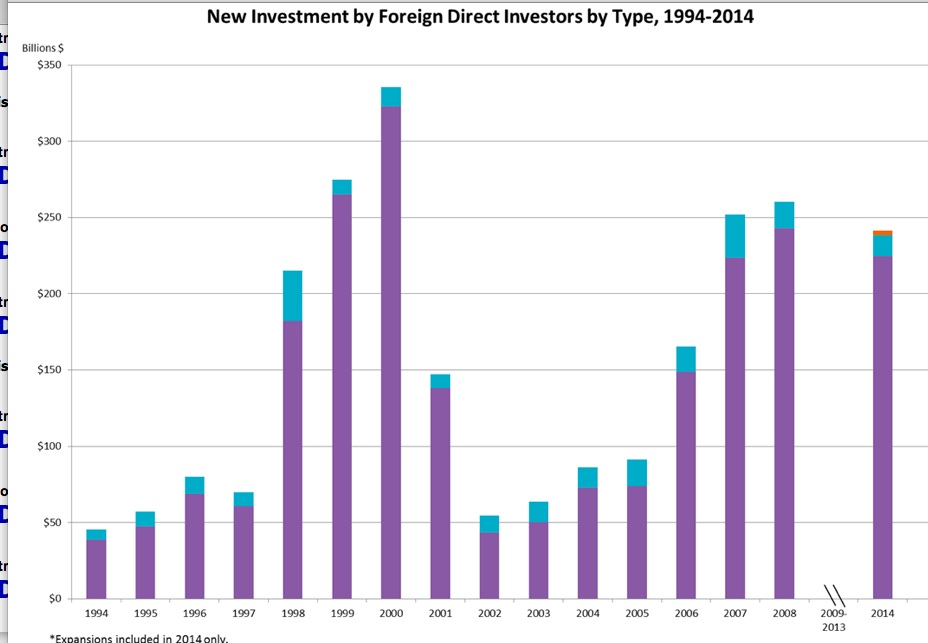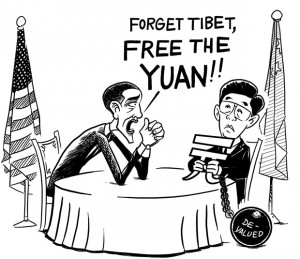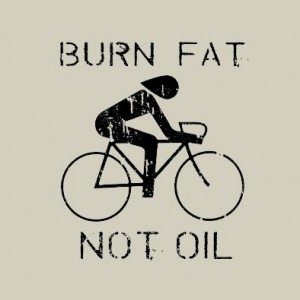It is not surprising that foreigners invest in the US. The US is about as good as it gets in terms of reliability and performance.
Total expenditures in manufacturing were $139.1 billion in 2014, the largest among major industries. Within the manufacturing sector, expenditures were largest in pharmaceuticals and medicines at $75.9 billion. Outside of manufacturing, expenditures were notable in publishing industries and in real estate.
By country of ultimate beneficial owner (UBO), the largest source country was Ireland, with first-year expenditures of $42.5 billion. Expenditures from Canada, Germany, and Japan were also notable. The largest source countries for new investment were most often countries that already have a large foreign direct investment presence in the United States. Of the eight largest countries by foreign direct investment position in the United States—Canada, France, Germany, Ireland, Japan, Netherlands, Switzerland, and the United Kingdom—seven were also among the top eight source countries for new investment.
By U.S. state, the largest expenditures, $48.9 billion, were for U.S. businesses in California. The four largest U.S. states in terms of expenditures by foreign direct investors—California, New Jersey, New York, and Texas—together received over half of all new investment. These four states accounted for 35 percent of private industry GDP in the United States in 2014.
In this release, BEA is presenting statistics on Greenfield investments for the first time. Greenfield investment expenditures—expenditures to either establish a new U.S. business or to expand an existing foreign-owned U.S. business—totaled $16.6 billion in 2014. Total planned greenfield expenditures, which include both first-year expenditures and spending in other years, was $39.2 billion.
By U.S. industry, 2014 Greenfield expenditures were largest in real estate, at $4.7 billion. In manufacturing, expenditures for 2014 Greenfield investments were $2.8 billion and expenditures were particularly large in primary and fabricated metals and chemicals. By country of UBO, the largest source of first-year greenfield expenditures was Canada at $4.0 billion. Including expenditures from other years, the largest source countries for greenfield expenditures were China and Japan. By U.S. state, California and Texas attracted the largest expenditures for Greenfield investments, with first-year expenditures of $3.2 and $2.7 billion respectively, and planned total expenditures of $7.7 billion for each state.








